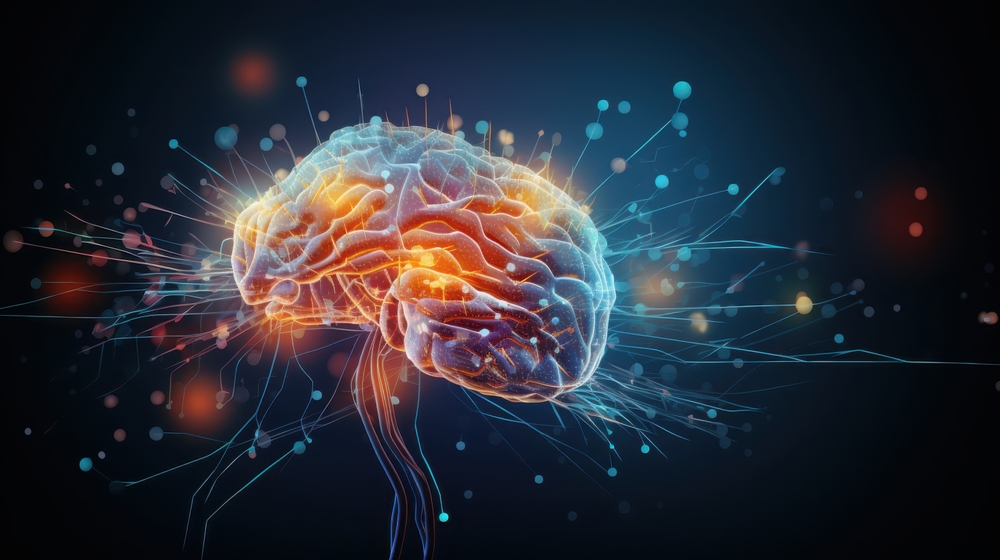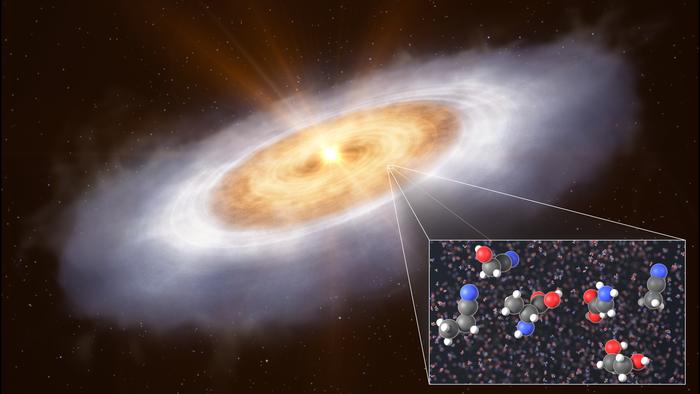Now Reading: Decoding the Invisible Light Emitted by the Human Brain
-
01
Decoding the Invisible Light Emitted by the Human Brain
Decoding the Invisible Light Emitted by the Human Brain

Quick Summary
- Study Discovery: Researchers have found that human brains emit ultra-weak photon emissions (UPEs), tiny flashes of light a million times dimmer than visible light.
- Published Findings: The study, conducted by scientists from Algoma University, Wilfrid Laurier University, and Tufts University, was published in iScience.
- Nature of UPEs: These faint lights originate as byproducts of energy use and oxidative stress. Measurements show they fluctuate with brain activity,including sleep cycles,hormone levels,cognitive states,age,and health.
- Experiment Setup: Researchers tested 20 adults in a dark room using photomultiplier tubes to measure UPEs from head regions while tracking electrical activity with EEG caps. Participants performed tasks like opening or closing their eyes or listening to sounds.
- Findings: UPE patterns aligned predictably with brain rhythms during these activities. They were self-emitted signals unaffected by external stimuli.
- Potential Submission: Unlike invasive imaging techniques (PET scans or fMRI), monitoring brain lights could offer a passive method to track mental states without interfering with biological processes.
Read More: Invisible To The Naked Eye: Our Brains Emit Light And We Are Learning How
Indian Opinion Analysis
The discovery of ultra-faint photon emissions from human brains could unlock innovative ways to study mental health and neurological conditions. While the ability to harness this “brain glow” for diagnostic purposes remains at an early stage, its non-invasive nature presents distinct advantages over conventional imaging tools. Technologies like PET scans are resource-intensive and involve exposure to external energy fields perhaps impacting the outcomes being measured.
For India-home to one-sixth of the world’s population-efficient neurotechnologies can support broader access across rural areas where current equipment is scarce. The passive measurement via UPE-based systems might eventually provide cost-effective alternatives that can address challenges in diagnosing stroke aftereffects or degenerative disorders like Alzheimer’s disease.
Yet hurdles remain; developing sensitive detectors capable of capturing faint wavelengths reliably will require cutting-edge R&D investments along with interdisciplinary collaboration between physicists and neuroscientists-a domain India is growing into but has yet miles ahead globally compared innovation hubs elsewhere focusing similarly























